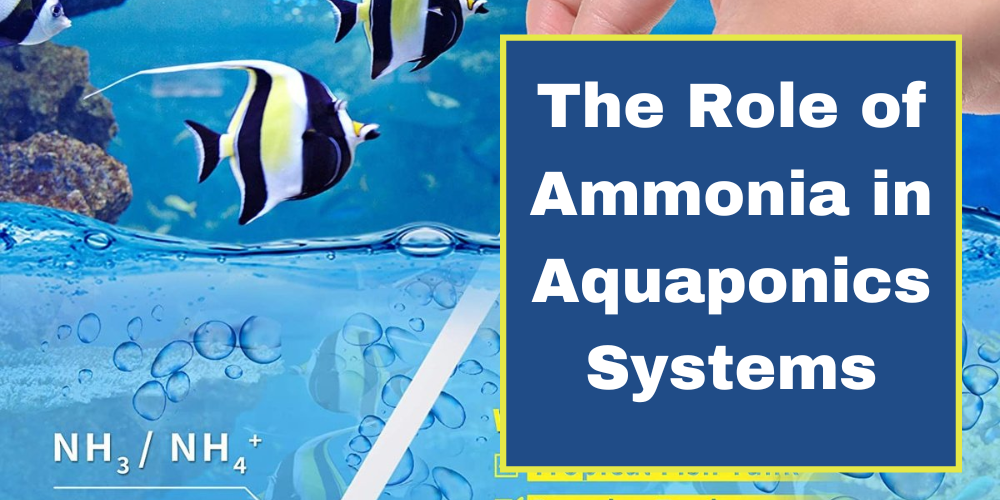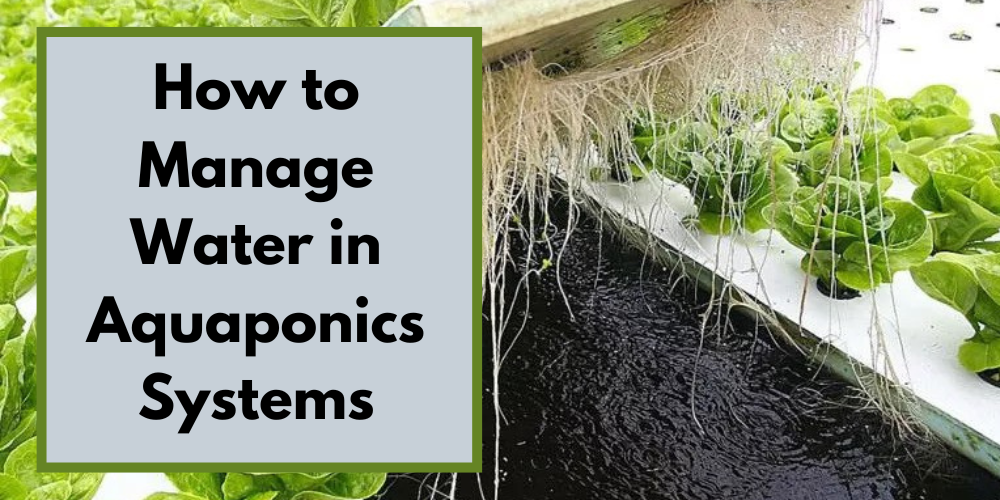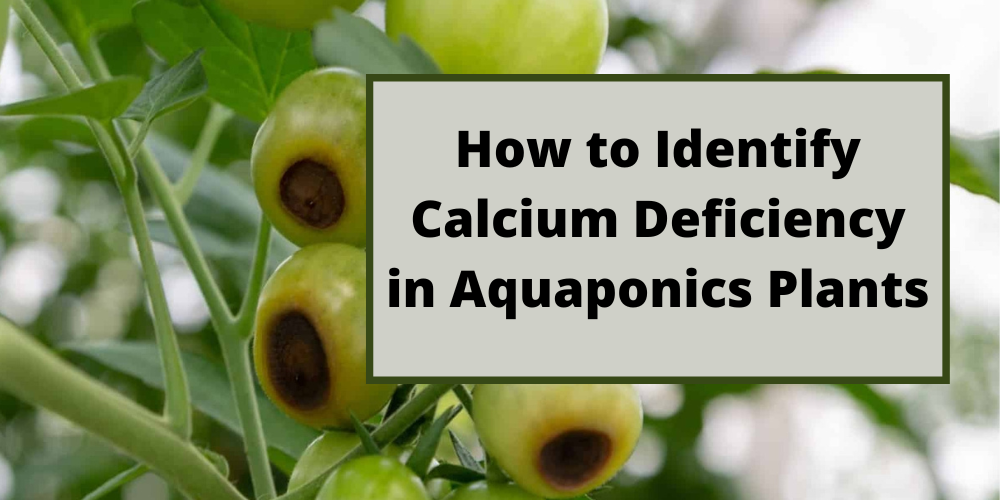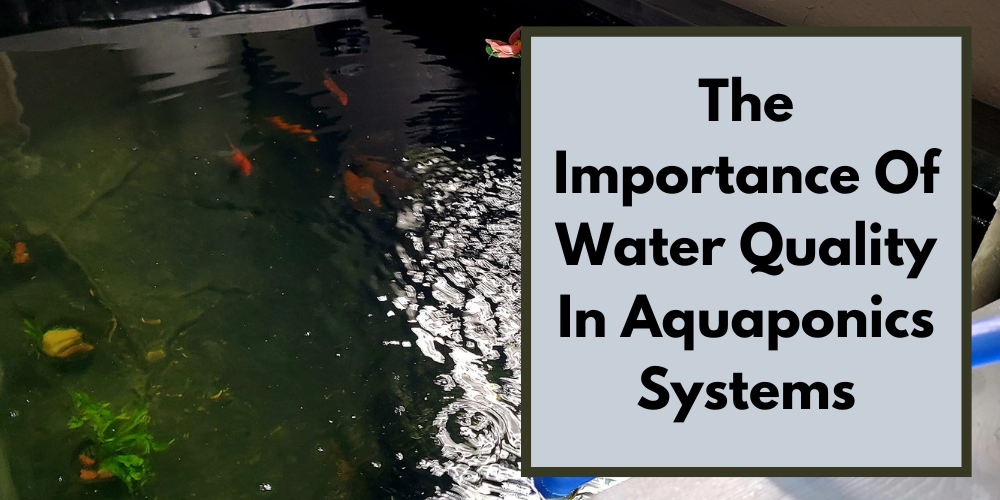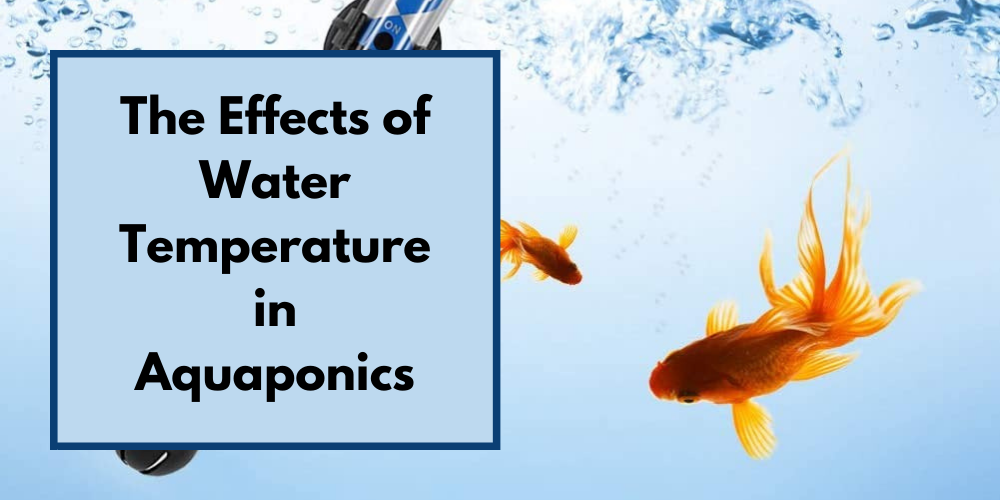Go Green Aquaponics Blog
Learn 10 essential tips to keep your aquaponics system running strong, from choosing the right fish and maintaining water quality to optimizing circulation and preventing pests. Stay informed and adaptable for long-term success.
- December 27, 2025
Learn about the role of ammonia in aquaponics systems, how to manage ammonia levels effectively, and discover the best ammonia test kits for maintaining a healthy and productive environment for your fish and plants.
- December 27, 2025
Discover actionable tips for effective water management in aquaponics systems. Learn about pH balance, dissolved oxygen, nutrient cycles, and water conservation methods to keep your fish and plants thriving.
- December 27, 2025
Dive into the world of aquaponics with our guide on choosing the perfect houseplants. Discover their benefits, care tips, and troubleshooting like a pro for a thriving, symbiotic ecosystem at home.
- December 27, 2025
Struggling with curled leaves or blossom-end rot in your aquaponics plants? Learn how to identify, treat, and prevent calcium deficiency using fish-safe solutions, plus get expert tips for long-term nutrient balance.
- December 27, 2025
Discover the importance of water quality in aquaponics systems. Learn how to monitor key parameters, manage water conditions, and ensure a thriving ecosystem for healthy fish and productive plants.
- December 27, 2025
Water temperature affects not only the health of the fish, plants, and bacteria in an aquaponics system. It is also essential for the breakdown and uptake of nutrients and wastes. So in order to maintain a healthy aquaponics system, the water temperature must be kept in the range that is safe for the fish, plants, and bacteria growing in your aquaponics system.
- December 27, 2025




